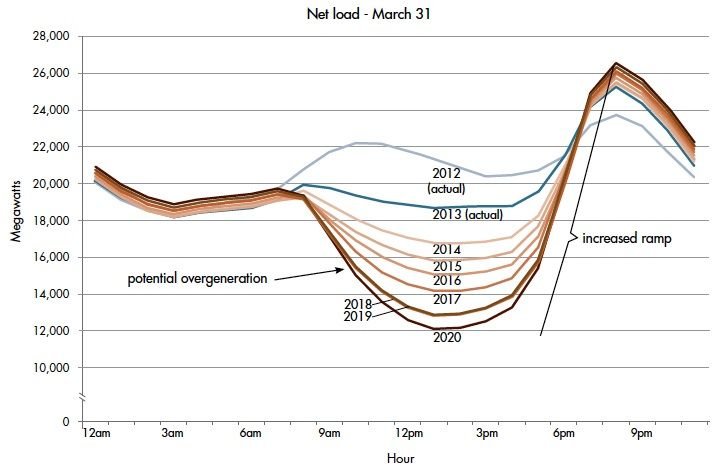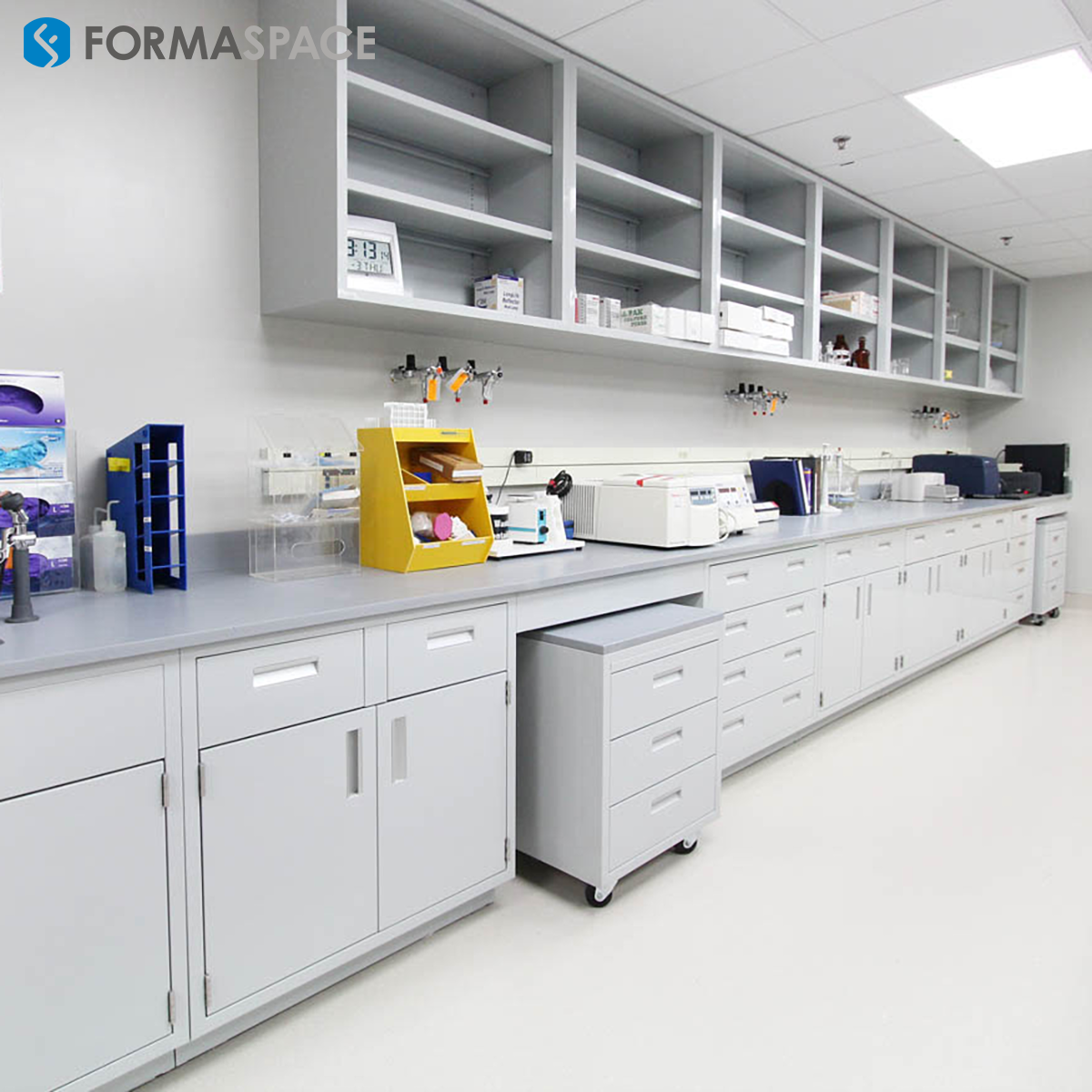Power Demand from Artificial Intelligence is Driving the Demand to Develop Smaller, Next-Generation Nuclear Power Plants
Artificial Intelligence systems may be powerful, but they are also power-hungry.
A statistical claim by analysts at the International Energy Agency summarizes the situation:
One ChatGPT internet search uses ten times the
amount of energy as a normal (e.g. pre-AI) Google search.
With AI-based technology expected to become a leading economic growth engine, both software companies and the energy industry are scrambling to source enough electric power to run the data centers that will host their AI applications.
How much more power will be needed?
In Texas, the electric grid regulator, ERCOT, shocked state officials when they unexpectedly raised their electricity demand forecasts to 150,000 mega watts (MW) by 2030 – a 276% increase over today’s 85,000 MW baseline – due primarily to the high demand for electricity created by AI and crypto-mining operations opening up in the state.
Goldman Sachs energy analysts predict that thanks in large part to AI, domestic data centers will consume 8% of US power output by 2030, up from 3% in 2022. Goldman also estimates that worldwide data center energy use will spike 160% by 2030 – leading to increased carbon dioxide emissions representing a “social cost” burden of between $125 and 140 billion.

Solar and Wind have Limitations. In the Eyes of Tech Investors, Mini Nuclear Power Plants Might be the Right Fit
AI-focused tech companies recognize energy is a major problem.
The cost of building a bigger energy infrastructure and the risk of increasing greenhouse gas emissions could result in new regulations that threaten to take their golden goose eggs away.
The race is on to find a solution.
Reducing the energy use of AI hardware could help.
At GTC 2024, Nvidia introduced their next-generation Blackwell GPUs, which they claim are 25 times more energy-efficient for AI processing.
Nevertheless, AI tech companies are looking to invest in new green energy technologies, including smaller next-generation nuclear power plants, to solve the problem.
Why nuclear?
Renewables such as solar and wind are increasingly important energy sources to power the grid, but they only produce power during the day or when the wind blows (respectively), creating what power engineers call the “duck curve” – due to its distinctive overproduction curve during the day and rapid drop off during the evening hours.

Energy storage batteries can (and increasingly do) store the excess energy produced by solar and wind, but in many cases, the electric grid needs to be upgraded to support bigger electric backup systems.
A lack of confidence in whether utilities can upgrade the grid quickly enough to meet skyrocketing demand for electricity may be the underlying reason many tech executives are eyeing investments in next-generation mini nuclear power plants.
If companies can get them to work successfully (and safely), mini nuclear power plants would allow AI data centers to bypass the grid entirely to tap into a power source that runs 24×7 without producing large amounts of greenhouse gases.
Who is Funding the Development of Small Modular Reactors (SMRs) and Micro Reactors – and When Could They Come Online?
In 2020, the DOE’s Office of Nuclear Energy announced it was funding ten nuclear power research projects through its Advanced Reactor Development Program. Subsequently, the DOE allocated $4.6 billion in funding (through 2030) for three nuclear commercialization projects:
- $1.4 billion over 10 years for the Carbon Free Power Project, a small modular reactor (SMR) developed by NuScale Power, located on DOE’s Idaho National Laboratory Site. Power production is expected to commence in December 2029.
- $2 billion to TerraPower to complete the Natrium™ Demonstration Reactor in Wyoming by 2028. It uses metal oxide fuel in a fast neutron reactor, cooled by a liquid sodium molten salt energy storage system that can retain heat to provide additional surge power for over 5 ½ hours.
- $1.2 billion to X-energy to complete the Xe-100 Demonstration in Washington State by 2027. The advanced small modular reactor is made of graphite, powered by sealed, billiard-ball-sized uranium-enriched fuel “pebbles.”
But government funding only goes so far.
Private investors and public power utilities will have to match (or exceed) the Federal government’s $1.46 billion contribution to the three projects listed above.
For example, investors in TerraPower’s Natrium Demonstration Reactor, which includes Bill Gates (an outspoken advocate of next-generation nuclear power) will match the Fed’s $1.46 billion funding allocation.
Other tech billionaires are on board as well.
For example, Sam Altman, the CEO of OpenAI (of ChatGPT fame) is joining Microsoft to back the nuclear fusion company Helion. Scientists at Helion’s research and development laboratories in Everett, Washington (outside of Seattle) are developing a magnetized vacuum chamber to generate fusion energy from the helium-3 isotope. If successful, they plan to deploy their first production power plant in rural Chelan County, Washington.
The government is taking the advances in mini nuclear power seriously.
In June 2020, the DOE announced it was opening up another competition for an additional $900 million in research funding for small modular reactor (SMR) and multireactor projects.
Congress may step in to assist further. There is bipartisan support for the ADVANCE Act (short for “Accelerating Deployment of Versatile, Advanced Nuclear for Clean Energy”), which would empower the Nuclear Regulatory Commission to regulate the next generation of nuclear reactors as they enter commercial energy production.

What are Next-Generation Small Modular Reactors (SMRs) and Micro Reactors Power Plants?
There is understandably a lot of confusion among those who don’t follow the nuclear industry closely about the many new nuclear industry tech terms bandied about.
Let’s break it down into understandable bits.
Conventional nuclear power plants are based on nuclear fission, e.g. creating a critical reaction that splits the atoms of radioactive materials (typically uranium isotopes), which releases energy (heat) that is converted into steam to power steam generators that produce electricity. Depending on the design, reactors are “moderated” (e.g. controlled) by different materials, such as graphite rods or deuterium oxide (heavy water), which absorb the radiation energy, allowing the fission reactions to be slowed or stopped.
The term Advanced nuclear power plants is a term that can be a bit confusing. It generally refers to updated, second or third-generation fission-based designs built abroad, albeit it can also refer to new initiatives currently in development here domestically or older, once-new projects, such as the Canadian Advanced CANDU reactors introduced in the early 2000s.
In contrast to conventional (or advanced) nuclear fission-based power plants, fusion power plants use magnets or lasers to accelerate lightweight atoms (typically the hydrogen isotopes deuterium or tritium) to induce them to fuse (e.g. bind) into a larger atomic structure, releasing energy in the process (replicating the same process the sun uses to create energy.) Unlike fission-based nuclear power, which is used commercially to create electricity, fusion-based reactors have been stuck in the research development stage for decades and will remain there unless researchers can find a way to produce more energy than is required to power the magnets and/or lasers that accelerate the atomic particles to the high speeds needed to induce fusion.
Now, let’s talk about size.
Conventional nuclear plants are large (you can probably imagine one in your mind) and typically sit on a 50-acre site within a larger square mile (640-acre) buffer zone.
A Small Modular Reactor (SMR) is significantly smaller, taking up only a fraction of the space of a conventional nuclear reactor. For example, the NuScale Small Modular Reactor (SMR) at the Idaho National Laboratory (see the Carbon Free Power Project above) would only require a 35-acre footprint, including the buffer zone.
A Micro Reactor, as the name implies, is even smaller – 100 to 1,000 times smaller than a conventional nuclear reactor. So small, in fact, they could fit within a large semi-truck trailer and could provide power to individual industrial sites (think data centers) or be used in military operations or by emergency relief organizations, such as FEMA, tasked with responding to natural disasters.

Many Past Nuclear Power Research Projects Suffered from Troubling Safety Records, including the Risk of Nuclear Materials Used to Make Weapons. Will it be Different this Time?
Atomic power critics point out that building more fission-based nuclear power plants is a risky business.
Fission produces radioactive waste by-products that can remain highly dangerous to human life for millions of years. In some cases, nuclear waste can also be processed to create enriched nuclear isotopes (such as plutonium) that can be used in atomic weapons. The Federal government has struggled for years to develop a comprehensive nuclear waste disposal and safe storage program. No one wants this in their backyard!
Several of the nuclear material processing sites built for the Manhattan Project during World War II, such as Hanford in Washington State and Oak Ridge in Tennessee, have also required significant cleanup efforts.
A number of early postwar nuclear power experiments at the Santa Susana Field Laboratory (located between the San Fernando and Simi Valleys in Los Angeles County) went awry, resulting in significant radioactive exposure to area residents (which was only disclosed to the public decades later).
The nuclear industry is also under fire for serious accidents: Three Mile Island in the USA, the Windscale project in the UK, the Chornobyl nuclear power plant accident in Ukraine, and the Fukushima power plant disaster in Japan, which continues to leak highly radioactive water into the Pacific Ocean since the March 2011 megaquake and tsunami.
Regulators will need to make some difficult choices when permitting these new, next-generation power plants.

Formaspace is Your Energy Research Partner
Evolving Workspaces. It’s in our DNA.
Talk to your Formaspace Sales Representative or Strategic Dealer Partner today to learn more about how we can work together to make your next construction project or remodel a success.








